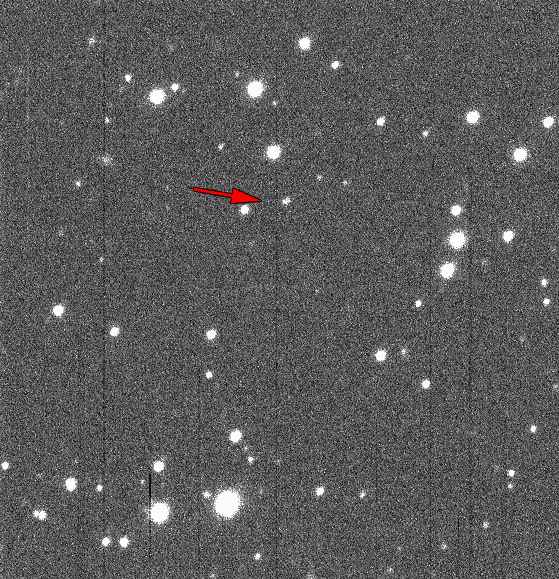We're open daily! View holiday hours
Science News
10,000 Near-Earth Objects
July 3, 2013

By Alyssa Keimach
Cause for celebration! The 10,000th near-Earth object (NEO) has been discovered.
Asteroid 2013 MZ5 joined the ranks of asteroids and comets whose orbits pass near Earth. On an astronomical scale, “near” means within 28 million miles...
The Near-Earth Object Program looks for all NEOs, especially large ones with the potential to harm Earth (called a Potentially Hazardous Asteroid). This type of candidate would need to be at least about 100 feet (about 30 meters) across to do significant damage a populated area—and about 3,200 feet (nearly a kilometer) in diameter to cause global devastation.
As you might expect, large asteroids are easier to find than small ones. NASA estimates that we have discovered all but a few dozen of the largest asteroids, those 460 feet (140 meters) in diameter or larger. (Whew!) Therefore, NASA is shifting its attention to medium-sized threats. If 90% of these were found, the threat of an unexpected impact would be greatly reduced, perhaps even to one percent!
“Finding 10,000 near-Earth objects is a significant milestone,” said Lindley Johnson, program executive for NASA’s Near-Earth Object Observations Program. “But there are at least 10 times that many more to be found before we can be assured we will have found any and all that could impact and do significant harm to the citizens of Earth.”
Discovered by the Pan-STARRS-1 telescope in Hawaii, this new asteroid is about 1,000 feet in diameter. That would put it in a pretty dangerous category if it were headed toward Earth, but its orbit does not pass close enough to us to be a significant threat.
“The first near-Earth object was discovered in 1898,” said Don Yeomans, manager of the Near-Earth Object Program Office at NASA’s Jet Propulsion Laboratory. “Over the next hundred years, only about 500 had been found. But then, with the advent of NASA’s NEO Observations program in 1998, we’ve been racking them up ever since. And with new, more capable systems coming on line, we are learning even more about where the NEOs are currently in our solar system, and where they will be in the future.”
A privately-funded mission called Sentinel might extend the search with a space-based telescope that will likely identify hundreds of thousands of NEOs. You can watch Science Today story on Sentinel or watch an animation narrated by former astronaut Ed Lu describing the mission.
10,000 down, how many to go…?
Alyssa Keimach is an astronomy and astrophysics student at the University of Michigan and interns for the Morrison Planetarium.
Image: PS-1/UH